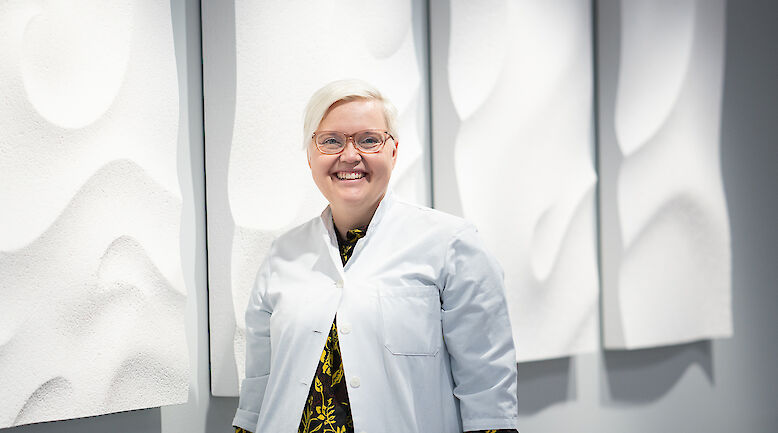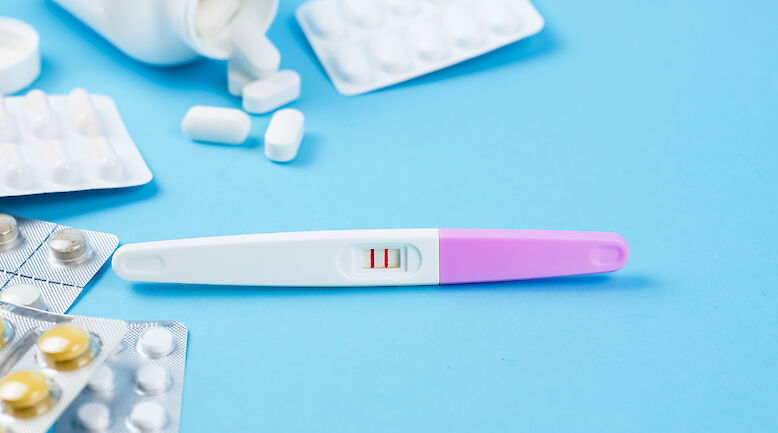English summary: Negative effects of prostate cancer treatments and patient satisfaction - a nationwide survey

Background
Prostate cancer is the most common cancer in Finnish men, and the mean annual number of new cases is 4601 (5-year period 2005-2009). The increasing incidence is in part due to widespread screening with prostate specific antigen (PSA) testing. Currently prostate cancer is detected in the early phase and most cases are localized or at most locally invasive. Early diagnosis and improving treatment have led to a good prognosis. Thus, an ever increasing proportion of men live with treated prostate cancer. The increasing years of life after the prostate cancer diagnosis stress the importance of issues related to well-being and quality of life (QoL). While the outcome in terms of survival is good, the Qol outcomes are impaired by undesirable negative effects resulting from the treatments. All active prostate cancer treatments cause side effects. Side effects and problems include urinary, sexual, and bowel dysfunction.
Methods
In 2009 we carried out a nationwide questionnaire survey of a random sample of prostate cancer patients diagnosed in 2004. We asked about negative effects of the prostate cancer treatments - radical prostatectomy, external beam radiotherapy, brachytherapy, hormonal therapy - during and after the treatment and satisfaction with the outcome of the treatment. We measured both the occurrence of negative effects and their perceived severity and harmfulness. We compared the negative effects of various treatments and examined the association between these effects and the patients’ satisfaction with the outcome of the treatment. We received 1239 responses (response rate 73%).
Results
All treatments caused many negative effects and problems, especially urinary tract symptoms and sexual difficulties. In the case of external radiation, bowel dysfunction also played an important role and hormonal therapy caused typical symptoms such as hot flushes and sore breasts. Prostatectomy, external radiation, and brachytherapy caused urinary leakage in 44−71% of the patients, and three-quarters of them reported that it was harmful. Brachytherapy also caused other urinary symptoms, such as burning during urinating and retention or straining. All treatments disturbed sex life in most of the patients (81-93%). In the case of brachytherapy, the impact was smaller than in other treatments. Sex life with the spouse ended after the treatment in 20-58%, the reduction was smallest after the radiotherapies. About half of those treated with external radiation suffered from bowel dysfunction. Patients treated with prostatectomy were least satisfied with the outcome whilst those treated with the radiation therapies were most satisfied. With regard to dissatisfaction the perceived harmfulness of the symptoms was more important than the symptoms as such. Especially urinary symptoms and sexual dysfunction were associated with dissatisfaction with the outcome, in the case of external beam radiotherapy also bowel dysfunction.
Conclusions
Prostate cancer treatment causes many disturbing negative effects, which are a challenge to psychological and social well-being. The negative effects of the treatments, and their impact on the well-being and QoL of the patients should be taken into account when selecting the type of treatment. The outcomes of the treatments should be improved by complementing the current therapeutic practices with enhanced rehabilitation aimed at reducing the negative effects of the treatments and at improving the well-being of the patients.












